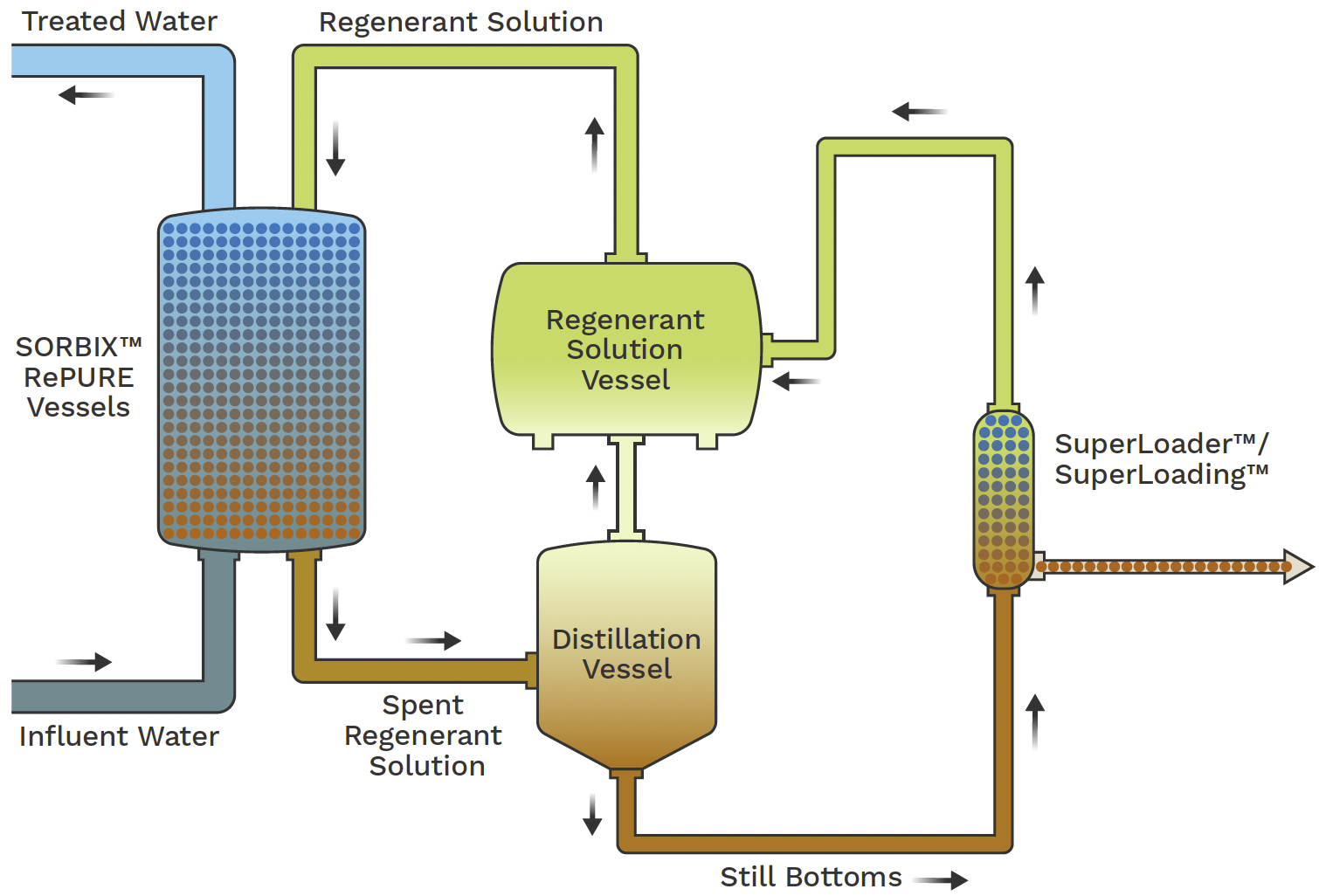PFAS Waste Management for Safer Disposal and Environmental Protection
Wiki Article
Cutting-edge PFAS Treatment Solutions for Safer Water
The raising frequency of PFAS contamination in water products necessitates an important exam of ingenious therapy remedies. Furthermore, arising bioremediation strategies supply an even more lasting approach to tackling PFAS challenges. pfas management.Summary of PFAS Contamination
PFAS contamination has emerged as a considerable ecological and public health and wellness worry. Per- and polyfluoroalkyl compounds (PFAS) are a group of synthetic chemicals understood for their persistence in the environment and human body, leading them to be commonly described as "for life chemicals." These substances have actually been commonly utilized in various industries, consisting of firefighting foams, water-repellent textiles, and food packaging, primarily due to their water- and grease-resistant buildings.The prevalent use PFAS has resulted in their discovery in dirt, water materials, and even in the blood of human beings and pets. Studies have connected PFAS direct exposure to many health issues, consisting of developmental effects in babies, immune system dysfunction, and numerous types of cancer. In addition, the ecological persistence of these substances complicates their destruction and elimination, increasing worries regarding lasting ecological effects.
Governing bodies are progressively carrying out rigid standards to keep track of and reduce PFAS levels in alcohol consumption water and other ecological mediums. As awareness of PFAS contamination grows, it has actually ended up being vital for communities and sectors to seek reliable treatment options to mitigate direct exposure and safeguard public health and wellness.
Advanced Filtration Technologies
As the seriousness to address PFAS contamination increases, progressed purification innovations have actually emerged as an essential component in the remediation initiatives targeted at removing these consistent chemicals from water resources. These technologies utilize advanced systems to effectively target and capture PFAS substances, which are infamously immune to conventional treatment techniques.Among one of the most promising techniques is making use of granular turned on carbon (GAC), which adsorbs PFAS molecules as a result of its high surface and porous structure. This technique has actually been extensively implemented in both local and industrial setups, showing substantial decreases in PFAS focus. Additionally, ion exchange resins have acquired traction, particularly created to uniquely bind PFAS ions from water, hence facilitating their removal.
Membrane filtering innovations, such as reverse osmosis and nanofiltration, likewise reveal effectiveness in PFAS elimination by literally separating pollutants from water - pfas management. These systems can accomplish high levels of purity, making them appropriate for alcohol consumption water applications
Chemical Therapy Advancements
Many chemical therapy advancements are being checked out to successfully attend to PFAS contamination in water materials. One appealing method entails making use of advanced oxidation processes (AOPs), which make use of effective oxidants such as ozone, hydrogen peroxide, or chlorine dioxide integrated with UV light to break down PFAS compounds right into much less dangerous compounds. This technique has shown efficacy in laboratory setups, revealing prospective for scalability in real-world applications.Another cutting-edge method is the advancement of ion-exchange resins especially created to target PFAS. These resins can selectively adsorb PFAS substances from water, permitting for their removal throughout treatment procedures. Recent developments have actually enhanced the efficiency and ability of these resins, making them a favorable alternative for water treatment centers.
Furthermore, scientists are checking out making use of chemical representatives like persulfate and ferrous ions to enhance the destruction of PFAS in polluted water. These representatives can cause chemical reactions that assist in the break down of relentless PFAS substances.
Emerging Bioremediation Strategies
Recent innovations in chemical treatment technologies have led the way for checking out bioremediation strategies as a feasible alternative for attending to PFAS contamination. Bioremediation utilizes the all-natural metabolic procedures of bacteria to deteriorate or transform pollutants, making it an enticing strategy for tackling consistent contaminants like PFAS.
Emerging techniques in bioremediation include making use of genetically engineered bacteria that can specifically target and break down PFAS substances. These microbial strains are being developed for their boosted destruction abilities, boosting the efficiency of the remediation procedure. Additionally, researchers are checking out the potential of plant-assisted bioremediation, where particular plant pfas management species may uptake and withdraw PFAS from contaminated soil and water.
An additional promising technique is the application of bioaugmentation, which entails presenting advantageous bacteria right into infected settings to enhance the degradation of PFAS. This method can help with faster remediation timelines and enhance general effectiveness.

Governing Frameworks and Specifications
A detailed governing structure is necessary for properly taking care of PFAS contamination and making certain public wellness defense. The raising acknowledgment of per- and polyfluoroalkyl materials (PFAS) as ecological contaminants has actually motivated numerous federal and state companies to develop standards that control their visibility in water products. The United State Epa (EPA) has developed wellness advisories and is functioning towards setting enforceable limits for PFAS in drinking water.State-level laws differ substantially, with some states embracing stricter standards than those suggested by the EPA. These policies often consist of optimum contaminant levels (MCLs) for particular PFAS substances, surveillance demands, and reporting obligations for water energies. Furthermore, arising structures concentrate on the removal of polluted websites, highlighting the need for reliable therapy innovations.

Final Thought
Finally, the development and execution of ingenious PFAS treatment options are important for addressing the pervasive problem of water contamination. Advanced filtering innovations, chemical therapies, and emerging bioremediation strategies jointly present a multifaceted strategy to efficiently minimize and break down PFAS levels. As regulatory structures continue to advance, incorporating these technologies will be important to guard public health and bring back the stability of polluted water sources, eventually adding to a cleaner and more secure environment.Report this wiki page